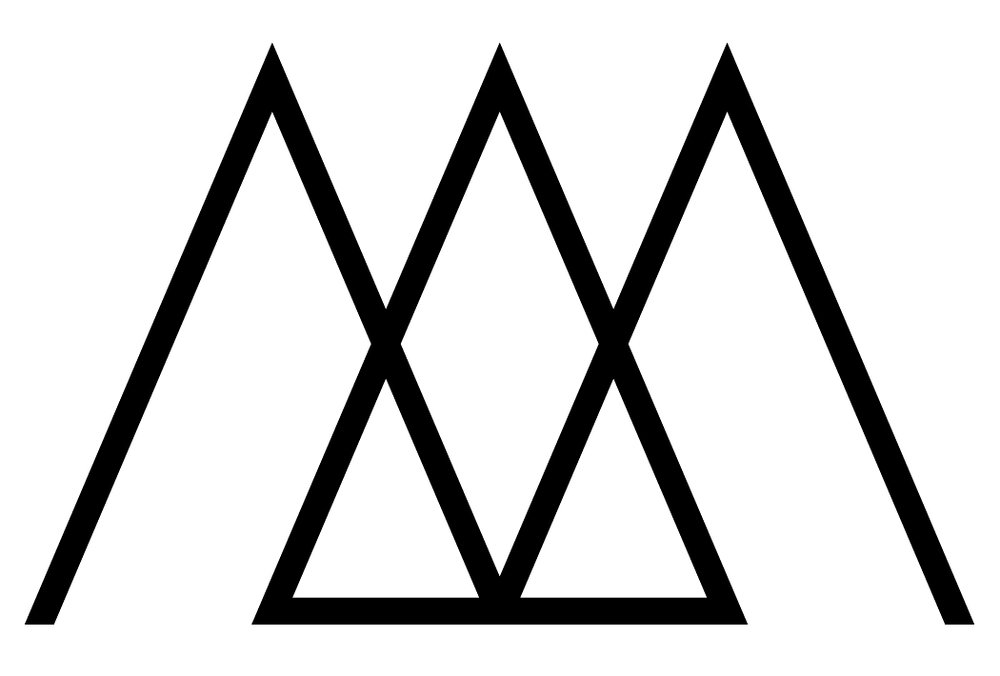EXPLORING encaustic ART with kevin diminyatz
POSTPONED - STAY TUNED FOR DATE & TIME
164 KĪLAUEA AVENUE IN DOWNTOWN HILO
Join us on an exploration into spontaneity, and experiment with mixed media layers! Drawing with pigmented wax, students will create one-of-a-kind prints by ‘pulling’ their painted image directly from a heated plate—no printing press required. Encaustic monotype lends itself to natural and intuitive mark making, allowing for extensive creative exploration. Additional techniques including stenciling, stamping and blocking will be explored the ‘encaustic’ way. Demos and discussions will include paper possibilities, wax recipes, basic studio set-up, etc. Whether used as a primary body of work or combined with mixed media, collage or book arts, encaustic monotype offers endless possibilities for today’s artist. Ample time for hands-on work will be provided.
No prior experience in encaustic painting or printmaking is necessary for this workshop. Refreshments and pūpūs will be provided.
Supplies Included:
Rice paper
Assorted pigments
Damar varnish crystals
1 lb beeswax
Wooden panels
Scissors
Old Brushes
Exacto knives
Students should bring:
Dust mask
Sketchbook or notebook
$150 / person, space is limited to 10 attendees. AGES 10+.
ABOUT Encaustic PaintinG
Encaustic is a Greek word meaning “to heat or burn in” (enkaustikos). Heat is used throughout the process, from melting the beeswax and varnish to fusing the layers of wax. Encaustic consists of natural bees wax and dammar resin (crystallized tree sap). The medium can be used alone for its transparency or adhesive qualities or used pigmented. Pigments may be added to the medium, or purchased colored with traditional artist pigments. The medium is melted and applied with a brush or any tool the artist wishes to create from. Each layer is then reheated to fuse it to the previous layer.
Encaustic artworks are painted with pigmented wax on a substrate, such as a wood panel, and are fused or burned in through the use of a heat source, such as a heat gun or propane torch. This technique is also one of the differences between an encaustic artist and an oil painter, water colorist, or acrylic painter who all mix colors on a palette. In contrast, the “palette” of an encaustic artist is a hot plate, the “colors” are pigmented encaustic. Another difference between encaustic and traditional painting is that encaustic paintings have many layers of encaustic applied to the surface, one on top of the other, with each layer being separately fused in. This technique results in a depth and luminous translucency that is unique to encaustic art.
Some encaustic artists use stencils, wood blocks, or rubber stamps to make patterns in their paintings. Others may use a brush, or other tool, to apply alcohol ink, powdered charcoal or graphite, and oil paint to the different layers of wax. Another technique unique to encaustic is “intaglio.” For this technique an artist uses incising tools, such as a needle tool, to cut or etch into the wax to create distinctive lines or patterns. Some artists rub oil paint or oil stick into the incised areas to create a linear effect within their painting.
The various methods described here are just a portion of those used to create the art in this section. Most importantly, however, the luminous quality of the art was achieved through a process of painting with encaustic, and then fusing or burning in each layer with the application of a heat source.
(via Encaustic Art Institute & Museum of Encaustic Art)
ABOUT KEVIN DIMINYATZ
Kevin Diminyatz was born in 1961 in California and lives in Volcano, Hawaii. He received a BFA in Printmaking in 1995 at the Sonoma State University and MFA in Painting in 1998 at the Mills College, Oakland, California. Since 2008 he has been a lecturer at the University of Hawai‘i in Hilo and the Hawai’i Community College teaching in Video/Installation, Printmaking Intaglio, Lithography, Painting and Drawing. His artwork is part of the Art in Public Places Collection of the Hawaiʻi State Foundation on Culture and the Arts, and in various private collections in Hawaii and internationally.

